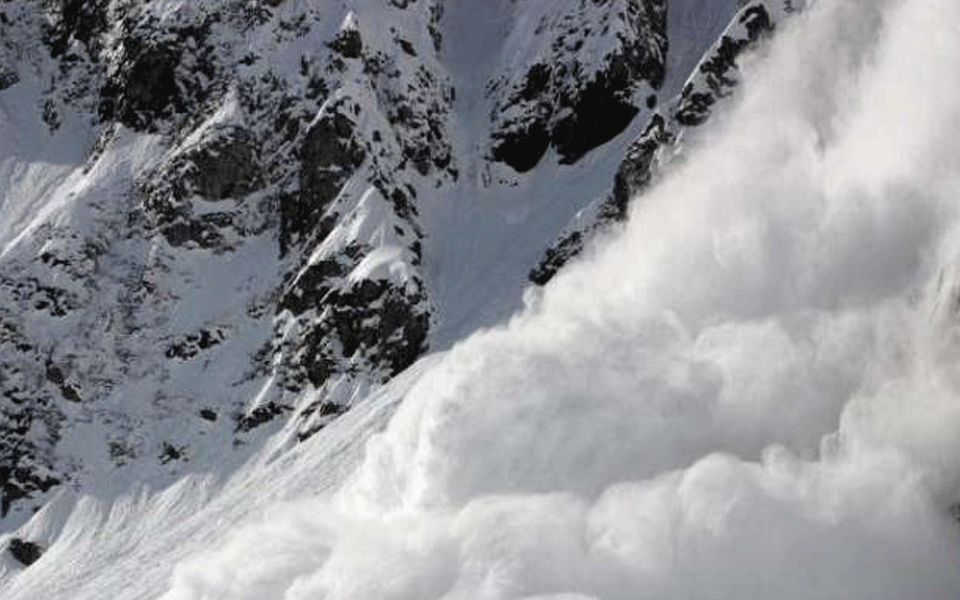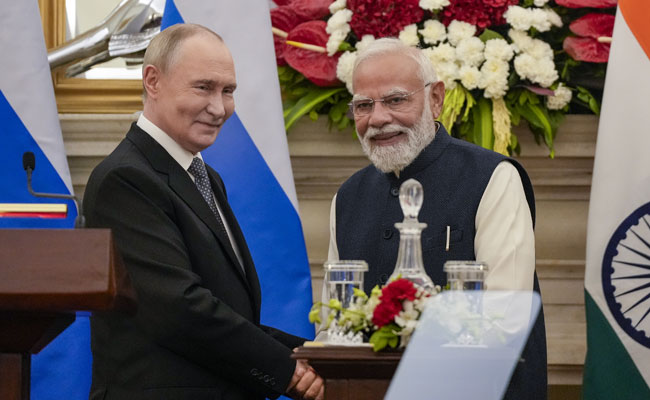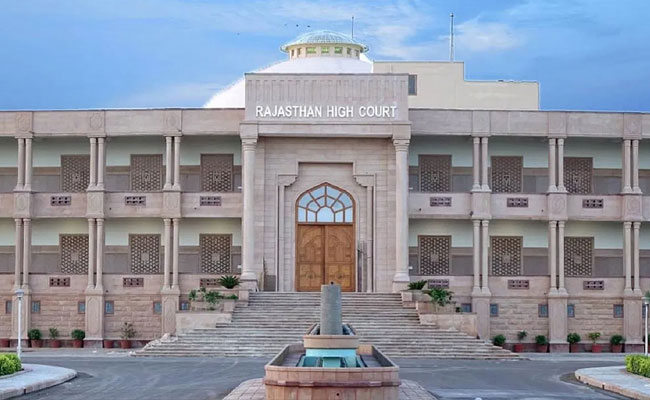Nuuk: Greenland lost a record amount of ice during an extra warm 2019, with the melt massive enough to cover California in more than four feet of water, a new study said.
After two years when summer ice melt had been minimal, last summer shattered all records with 586 billion tons (532 billion metric tons) of ice melting, according to satellite measurements reported in a study Thursday.
That's more than 140 trillion gallons (532 trillion litres) of water.
That's far more than the yearly average loss of 259 billion tons (235 billion metric tons) since 2003 and easily surpasses the old record of 511 billion tons (464 billion metric tons) in 2012, said a study in Nature Communications Earth & Environment. The study showed that in the 20th century, there were many years when Greenland gained ice.
Not only is the Greenland ice sheet melting, but it's melting at a faster and faster pace, said study lead author Ingo Sasgen, a geoscientist at the Alfred Wegener Institute in Germany.
Last year's Greenland melt added 0.06 inches (1.5 millimeters) to global sea level rise.
That sounds like a tiny amount but in our world it's huge, that's astounding, said study co-author Alex Gardner, a NASA ice scientist. Add in more water from melting in other ice sheets and glaciers, along with an ocean that expands as it warms - and that translates into slowly rising sea levels, coastal flooding and other problems, he said.
While general ice melt records in Greenland go back to 1948, scientists since 2003 have had precise records on how much ice melts because NASA satellites measure the gravity of the ice sheets. That's the equivalent of putting the ice on a scale and weighing it as water flows off, Gardner said.
As massive as the melt was last year, the two years before were only on average about 108 billion tons (98 billion metric tons). That shows that there's a second factor called Greenland blocking, that either super-charges that or dampens climate-related melting, Gardner said.
In the summer, there are generally two factors in Greenland's weather, Gardner said. Last year, Greenland blocking - a high pressure over Canada that changes the northern jet stream - caused warm southern air to come up from the United States and Canada and flow into Greenland, forcing more melting.
In 2017 and 2018 without Greenland blocking, cooler Arctic air flowed from open ocean into Greenland, making summer milder, he said.
This year, Greenland's summer melt has been not as severe, closer to normal for recent times, said Ruth Mottram, an ice scientist at the Danish Meteorological Institute, who wasn't part of Sasgen's research.
Mottram and several other outside scientists said Sasgen's calculations make sense. In her own study this month in the International Journal of Climatology, she found similar results and also calculated that Greenland coastal regions have warmed on average 3 degrees (1.7 degrees Celsius) in the summer since 1991.
The fact that 2019 set an all-time record is very concerning, said New York University ice scientist David Holland, who wasn't part of either study.
Let the Truth be known. If you read VB and like VB, please be a VB Supporter and Help us deliver the Truth to one and all.
Kalaburagi: Members of the Karnataka Prantha Raitha Sangha (KPRS) and the Taluk Raitha Hitarakshana Samiti protested outside the Siddasiri Ethanol Power Unit in Chincholi, demanding appropriate minimum support price (MSP) to sugarcane farmers in Chincholi.
Pointing out that it was decided at the meeting chaired by District In-charge Minister Priyank Kharge on November 15 to provide farmers an MSP of Rs 2,950 per tonne of sugarcane with an additional Rs 50 as support price from sugar factory owners, the protesting farmers also demanded that the decision be implemented.
“The Siddasiri sugar factory owner has violated the agreement by paying each farmer only Rs 2,550,” the farmers have alleged.
President of the KPRS Kalaburagi District Unit Sharanabasappa Mamashetti said, “When he opened the factory, legislator Basanagouda Patil Yatnal had assured that the factory would pay farmers in Kalaburagi an additional Rs 100, but has failed to live up to the word.”
The protesting farmers have demanded that the authorities concerned give priority to sugarcane farmers of Chincholi and Kalagi taluks to support the sugarcane crop. “Also, the factories should employ local youngsters and due measures should be taken to ensure the safety of the drivers of sugarcane transport vehicles,” they said.
They also handed their memorandum to Tahsildar Subbanna Jamakhandi and Power Ethanol Unit General Manager Dayananda Banagara.
The Tahsildar has assured that a meeting with the sugar factory owners would be held to discuss the issues raised by the farmers.





